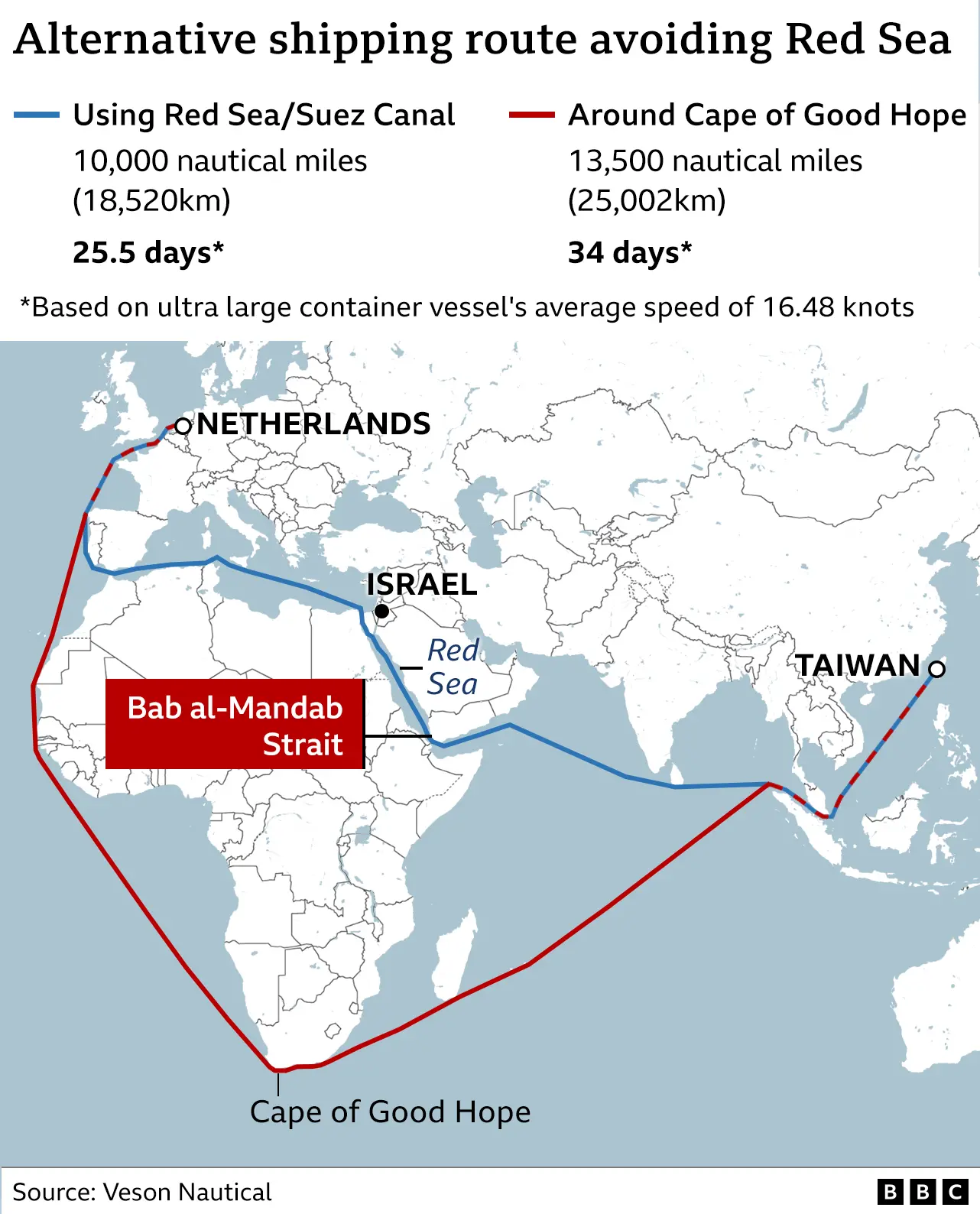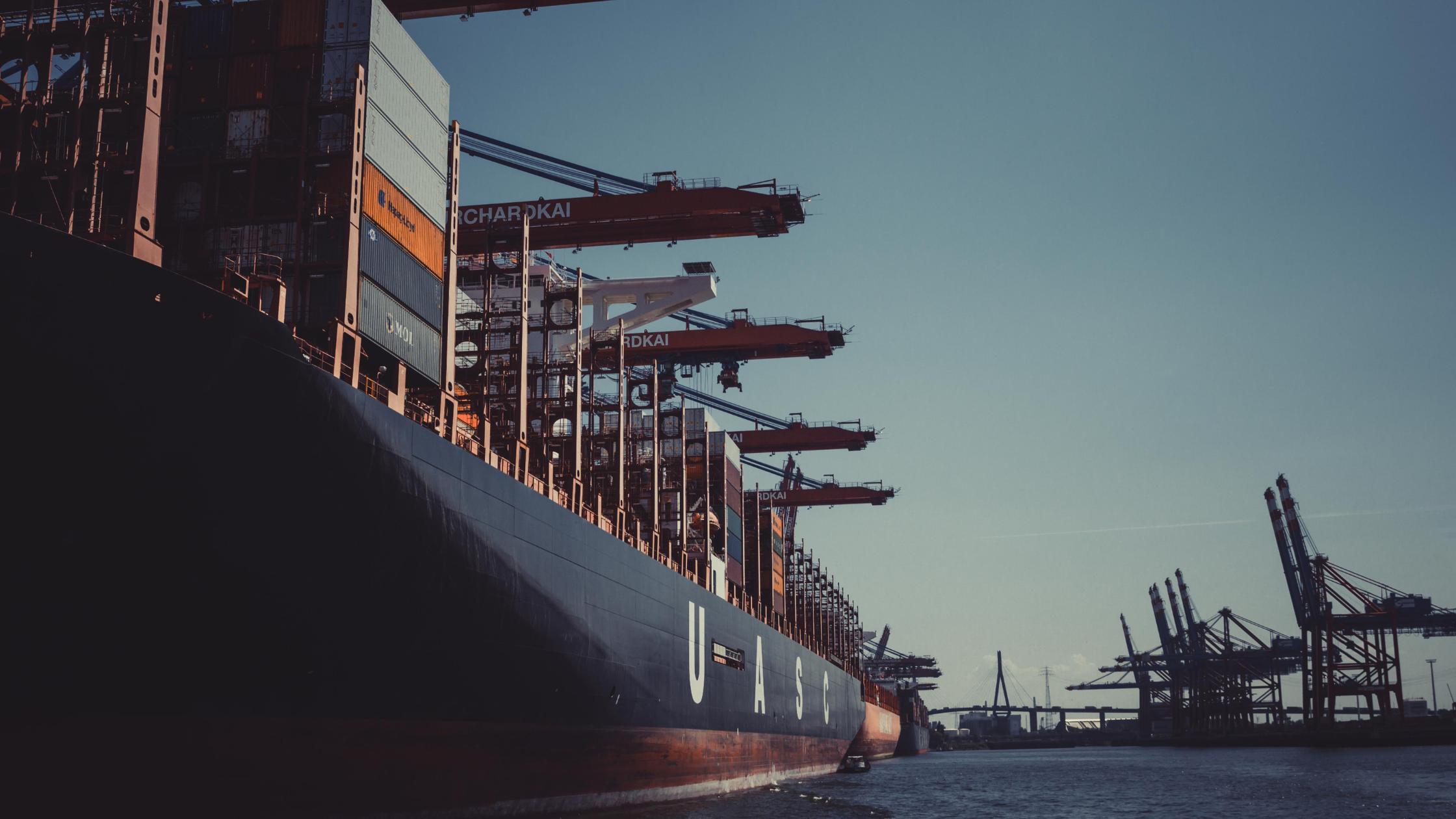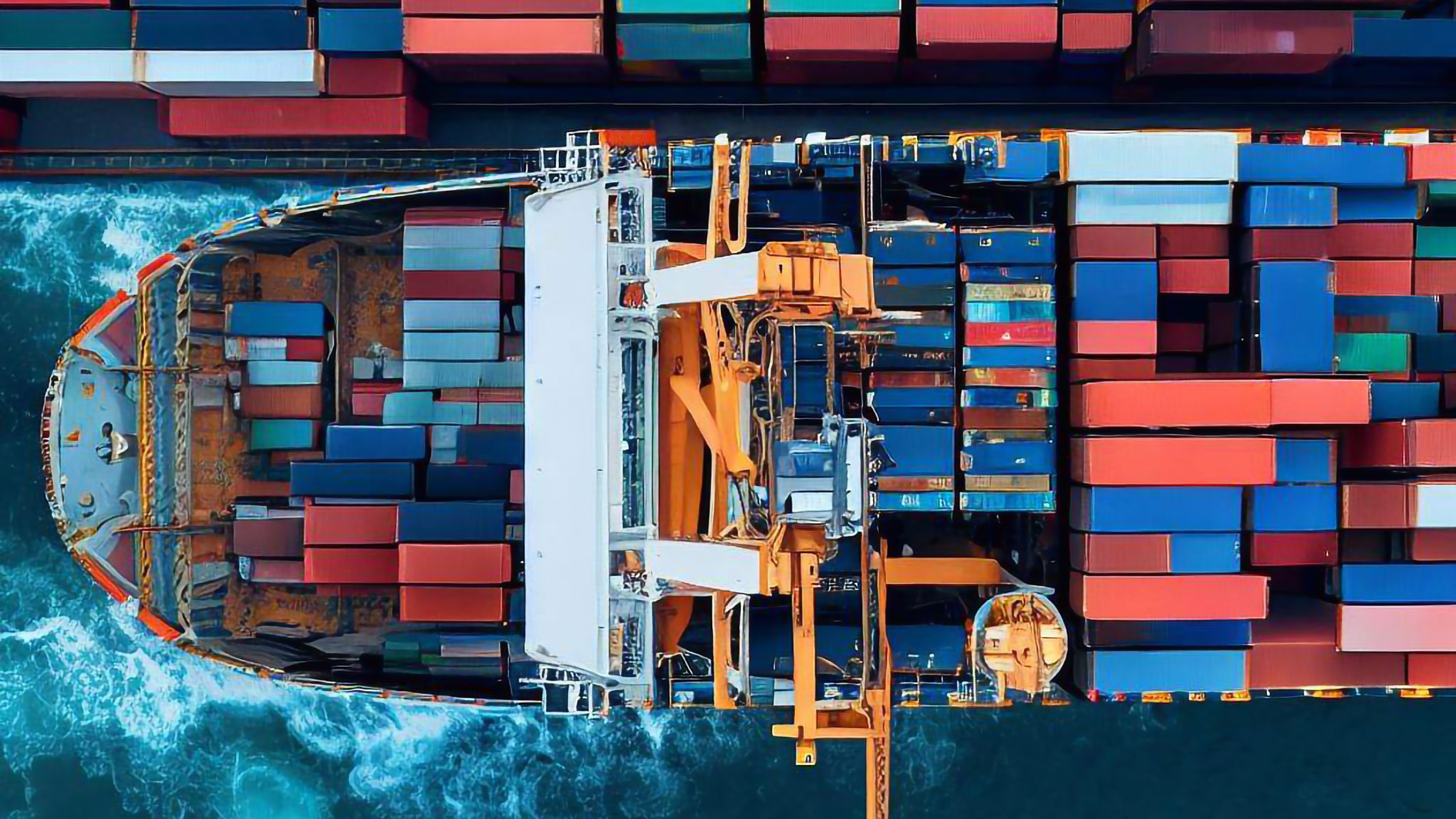2025 Shipping Risks: What You Need to Know!
Welcome to another Whale Logistics Outlook. This week, we are looking ahead to some potential outcomes of geo-political, working rights and global shipping changes which will influence your business and your freight in 2025.
Looking toward 2025, Whale Logistics analyse the potential effects of looming Enterprise Bargaining Agreements (EBA) deadlines at Australian ports, which could lead to strikes, coupled with changes to the current Red Sea Crisis. And we examine the current tensions of the Middle East and the 2024 Presidential election's broader trade implications if a tariff war erupts.
Current EBA Status:
Within the Australian ports landscape DP World is the only major port operator with a new EBA in place, covering its operations in Sydney, Brisbane, Melbourne, and Western Australia. During their 2023 negotiations they were subject to a variety of industrial actions (go slow to complete closure), and severe delays were caused across all DP World Terminals.
Their current agreement provides a degree of stability for DP World and its clients, potentially insulating them from the immediate impacts of the industrial action many see coming mid 2025 when all other port operators sit down to negotiate with their heavily unionised workforce.
EBAs for the following operators are set to expire in 2025:
Patricks (Sydney, Melbourne, Brisbane, Western Australia)
Flinders Adelaide Container Terminal (FACT)
Hutchinson Ports (Sydney, Brisbane)
Victoria International Container Terminal (VICT)
As Whale Logistics looks ahead to understand the evolving dynamics of international freight, we believe history is a great indicator of the uncertainty ahead. If the DP World industrial action of 2023 is any indication of the future fallout from EBA agreement renegotiations.
Whale Logistics predict:
- Supply Chain Disruptions: If the unions representing workers at these ports decide to strike, it could lead to significant delays in port processing times and congestion.
- Economic Consequences: Prolonged industrial action could have severe economic repercussions. Businesses dependent on timely deliveries might face shortages, leading to increased costs and longer lead times.
- Increased Pressure on DP World: With DP World being the only operator with a stable EBA, there could be increased pressure on its facilities. Carriers will seek to reroute their shipments through DP World terminals, potentially generating the very thing they are trying to avoid - congestion and port overcapacity issues.
- Front Loading prior to Industrial Action: Importers who pre-empt the potential strikes in mid-2025 may decide to front load their imports which has the potential to create an early peak season spike in demand. Similar to the US/Europe front loading scenario of 2024 this could drive up freight rates, squeeze capacity and see increased demand at the terminal operators.
Red Sea Crisis Resolution:
The current Red Sea Crisis has had dramatic effects on global shipping due to the rerouting of vessels to avoid the geo-political tensions occurring in the region, while also seeing carriers deploy extra capacity to service the longer transit times caused by the disruption. These changes to global shipping schedules and routes increased freight rates and caused congestion at ports, extending lead times.

If the current crisis were to be resolved in 2025, Whale Logistics foresee positive impacts for global shipping:
- Route Restoration: The current diversion around the Cape of Good Hope would cease and shipping through the Red Sea would resume, speeding up transit times and reducing the number of extra vessels deployed during the crisis.
- Increased Capacity: By reducing the transit times, the extra capacity deployed to service these trade routes will free up capacity globally, creating a surplus in the market.
- Rate Changes: Through this surplus in capacity, we should see freight rates decrease, and schedule reliability trend back to pre-crisis levels (excluding covid of course!). Coupled with an anticipated 2m TEU worth of new shipping capacity to enter the market in 2025 through the delivery of new builds ordered in pandemic times and now ready for deployment - supply may finally out weight demand and drive rates downward.
However, carriers like Maersk and Hapag-Lloyd are concerned that reopening the Suez Canal could lead to significant operational challenges and instability. They anticipate a chaotic influx of vessels, which could result in severe congestion and delays, making the situation even more problematic than when the canal was closed. This potential “operational meltdown” is why they are opting for the Cape of Good Hope route to ensure stability and predictability for their customers.

(Source: DHL Global Forwarding | OFR Market Update | September 2024)
Conflict in the Middle East:
The current rising tensions in the Middle East pose significant risks to global shipping in 2025. If the current tensions escalate into a wider conflict, importers can expect the global oil supply to decrease and oil prices to increase. With shipping being oil intensive this may see carriers raise their rates as their operational costs increase to maintain their margin.
Further to this, if the Middle Eastern tensions spiral, the global economy could see a decline as confidence lowers. This may reduce consumers willingness to spend and may harm the Australian economy and thus importers.
Lastly, the Middle East serves as a prominent air freight transit hub through International airports such as Dubai and Abu Dhabi International. If the conflict continues and the airspace is closed, air freight carriers may have to reroute and delays and increased air freight costs may be seen.
If Trump Wins:
The upcoming 2024 US Presidential Election's outcome will have a variety of impacts for international trade and global shipping. If Donald Trump is to win a second term in Office, it could spark dire consequences for global shipping.
Trump's proposed trade policy of imposing a 10% tariff on all US imports and a 60% tariff on all imports from China, could spark a trade war between the US and China. This would indirectly affect the Australian economy and shippers importing goods from both the US and China.
Firstly, if tariffs are to be imposed for US imports it may a see front loading occur again as it did prior to his first term. This surge in demand for the China - US trade route will see the spot market price increase, while also seeing shipping lines relocate capacity to service the demand. This may influence capacity and schedule reliability in the Asia-Aus trade lane, causing delays and increasing prices due to the reduced supply.  Furthermore a report by the OECD found that a 10% reduction of trade across all sectors between the OECD and the major non-OECD countries (which include China and India) due to the trade war, would see Australia’s GDP fall by 1.2%. That was second-worst behind South Korea.
Furthermore a report by the OECD found that a 10% reduction of trade across all sectors between the OECD and the major non-OECD countries (which include China and India) due to the trade war, would see Australia’s GDP fall by 1.2%. That was second-worst behind South Korea.
The implications of a decline in Australia's GDP would have a vast economic effect on spending and employment. This decline in the economy may result in reduced trade and lead to a change Australia's imports, changing the demand for freight and subsequently impacting rates.
Whale Takeaways:
In summary, the international freight landscape faces potential disruptions as we approach 2025. The expiration of EBAs for major Australian port operators could lead to strikes, causing supply chain delays and economic impacts. These impact could be exacerbated if Trump becomes President and enters into a trade war with China.
Resolving the Red Sea Crisis could restore shipping routes, increase capacity, and lower freight rates. However, if the current issues in the Middle East expand, it could force oil prices up, cause a drop in the global economy, and increase the costs of shipping imports to Australia.
Businesses should stay adaptable to navigate these uncertainties and maintain resilient supply chains through improved freight visibility. To mitigate risks and stay ahead of disruptions, consider proactive planning and collaboration with your partners at Whale Logistics.
Related Posts
You might also like
-
Apr 17 2025
Amid rising China and the US trade disputes, businesses worldwide are reassessing their supply chains. Vietnam has ...
-
Apr 08 2025
Welcome to the Whale Charge Code Glossary! To learn about what each charge represents on your rate card and its ...
-
Mar 12 2025
Welcome to Riding the Wave - Whale Logistics Monthly Market Update


